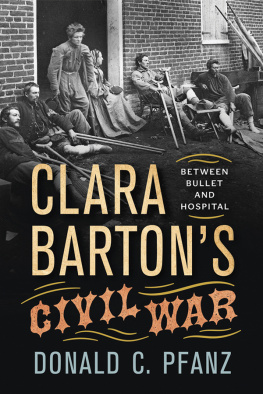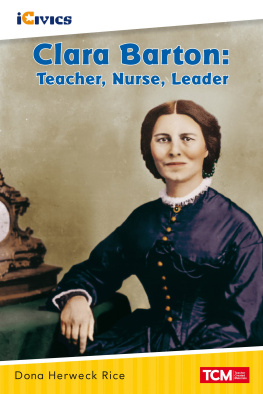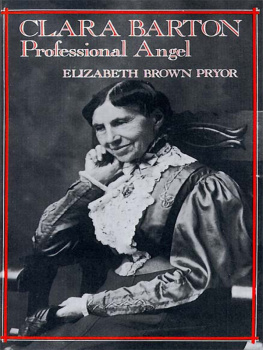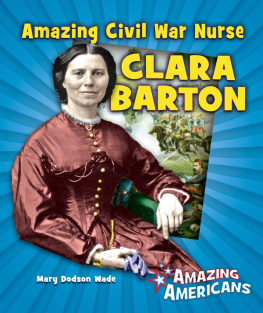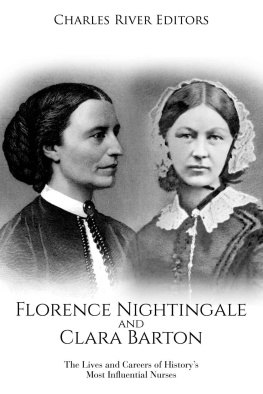For Linda DovydenasSS
For my children, Alana and Elise and GrantDG
PENGUIN WORKSHOP
An Imprint of Penguin Random House LLC, New York
Penguin supports copyright. Copyright fuels creativity, encourages diverse voices, promotes free speech, and creates a vibrant culture. Thank you for buying an authorized edition of this book and for complying with copyright laws by not reproducing, scanning, or distributing any part of it in any form without permission. You are supporting writers and allowing Penguin to continue to publish books for every reader.
The publisher does not have any control over and does not assume any responsibility for author or third-party websites or their content.
Text copyright 2014 by Stephanie Spinner. Illustrations copyright 2014 by David Groff. Cover illustration copyright 2014 by Penguin Random House LLC. All rights reserved. Published by Penguin Workshop, an imprint of Penguin Random House LLC, New York. PENGUIN and PENGUIN WORKSHOP are trademarks of Penguin Books Ltd. WHO HQ & Design is a registered trademark of Penguin Random House LLC. Printed in the USA.
Visit us online at www.penguinrandomhouse.com.
Library of Congress Control Number: 2015410122
Ebook ISBN 9780399540073
Version_2
Contents
Who Was
Clara Barton?
In 1833, when Clara Barton was eleven, her brother David fell off the roof of the barn on her familys farm. He didnt break any bones, but he did get very sick. Clara decided to take care of him. She cleaned his wounds, changed his bandages, and brought him his meals. For two years she almost never left his side.
By the time David recovered, Clara was very good at nursing. Everything shed done to help her brother seemed to come naturally to her. So when dozens of children in her Massachusetts town came down with smallpox, Clara nursed them, too. She knew that she might get smallpox, but that didnt stop her. The children needed her help.
Over the course of her long, busy life, Clara Barton never stopped helping and healing people. She started schools for poor children, nursed wounded soldiers during the Civil War, and fought long and hard to bring the Red Cross to the United States. Under her leadership, the Red Cross won fame for its treatment of disaster victims and set new standards for public service. Barton also transformed the nursing profession, strengthened the womens movement, and inspired volunteer organizations all over the world. Once a shy small-town girl, Clara Barton became a true force for change. She was a woman to be reckoned with.
Chapter 1
Six Mothers and Fathers
Clarissa Harlow Barton, born in North Oxford, Massachusetts, on Christmas Day of 1821, was her parents fifth child. She was the baby of the family, and her two sisters and two brothers were much older than she was. In Claras household, everybody, not just her parents, told her what to do. It was almost like having six parents instead of two.
But Clara was luckyfive of the six were interested in taking good care of her and making sure she learned the important things in life. Her father, Captain Stephen Barton, taught her about military history. Once an army officer in the Northwest Indian War of 17851795, he liked to sit by the fire and talk about his adventures. Clara would spend hours acting out different battles with him, which they both enjoyed very much.
Claras sisters, Dolly and Sarah, already were teaching in local Massachusetts schools when she was born. They loved books and poetry, and taught Clara to read when she was three. Sarah read poetry to her every night. Even as a small child, Clara was just as drawn to books as they were.
Dolly and Sarah also taught her the things little girls had to know at that time: cooking, sewing, and cleaning. Because the Bartons lived on a farm, Clara was doing chores from the time she could toddle. She fed the chickens and gathered their eggs. She picked vegetables for the familys supper. She helped to make soap. And, of course, she milked cowsjust about anybody growing up on a farm learned how to do that.
But there were some things that little girls in the 1820s did not learn how to do. Galloping bareback (without a saddle) on an untrained colt was one. Using mens tools, like a hammer and a screwdriver, was another. Tying strong, reliable knots was a third. And throwing a ball hard and straight like a boy? Never.
Even so, Claras big brothers, Stephen and David, taught her all those things and more. Stephen was very good with numbers, and he became Claras math teacher. Multiplication, division, subtraction, halves, quarters, and wholes, soon ceased to be a mystery, she later wrote. David, the athlete of the family, taught her to love animalsespecially horsesas much as he did. He encouraged her to play outside in the woods like a tomboy, rather than in the house with dolls. Perhaps because he ignored the rules that kept nineteenth-century girls inside, busily being little women, he was something of a hero to Clara.
The one Barton who didnt show much interest in raising young Clara was her mother, Sarah.
A hardworking, outspoken woman, Sarah Barton was in favor of ending slavery and giving women the vote. Like her husband, she was a firm believer in equal rights for all.
Sarah left Claras day-to-day care to the other Bartons. But she still worried about her daughters extreme shyness, which worsened as she got older. She even consulted L.N. Fowler, a visiting phrenologist, about her difficult daughter. What could timid Clara, now sixteen, possibly do with her life?
Phrenology was based on the false notion that the bumps and ridges on a persons skull revealed that persons strengths and weaknesses. Now that Fowler had seen Clara, what advice could he give?
To overcome her shyness, said Fowler, Clara should teach summer school. And he was absolutely right.
Chapter 2
A Born Teacher
Clara was not happy about Fowlers advice. Teaching a roomful of strangers sounded like torture to her. But a year later, she found herself standing in the one-room North Oxford schoolhouse, facing forty pupils. The oldest students, teenage boys as tall and nearly as old as myself, as she wrote later, didnt hide the fact that they would rather be elsewhere. But if they thought they could rattle the new schoolmarm because she was only seventeen, they were mistaken. As she began to read aloud on that first day, Claras painful shyness vanished. She started to enjoy herself, and so did the class. A few days later during recess, she proved that she could throw a ball straight and hard. She could outrun them, too. Amazing!












